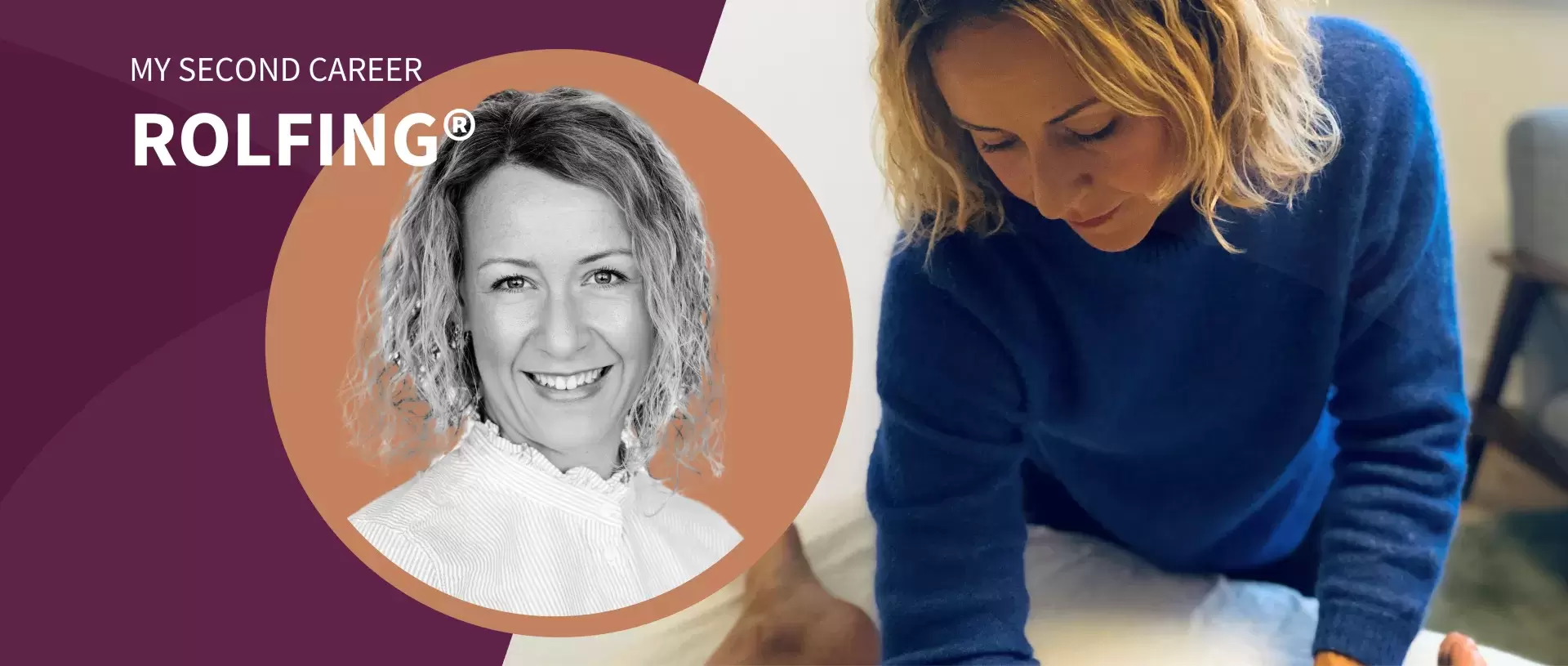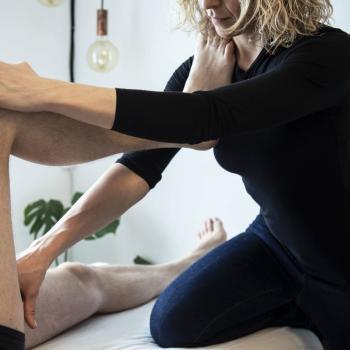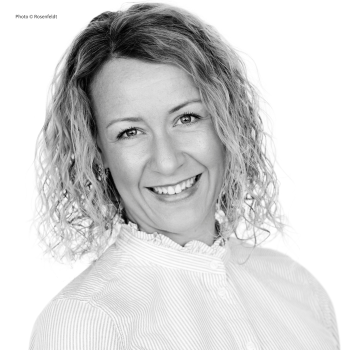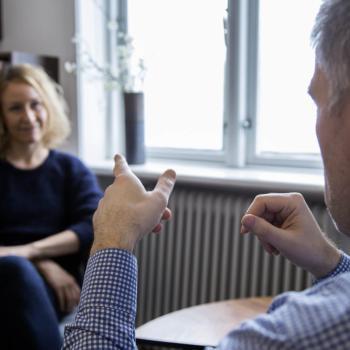By Camilla Zacho, Clinical Psychologist & Certified Rolfer®
From Clinical Psychologist to Rolfer®
Before I became a Rolfer, I was educated as a Clinical Psychologist. I studied at The University of Copenhagen for 5 years and then I had 2 years of clinical practise which in Denmark qualifies for an authorisation as a Clinical Psychologist. I worked for 2 years in Psychiatry with eating disordered patients. During this time, I was trained in the Dialectical Behavioural Therapy (DBT) model. My next job was as a family therapist, and after 2 years of practicing Functional Family Therapy (FFT), I became self-employed full time.
I knew I had to find ways to include the body in therapy, so I travelled to San Fransisco to learn a body-oriented psychotherapy called Psycho-Physical Therapy. This integrative approach as well as the teacher, who also had a Rolfing background, inspired me further in that direction.
Body and psychology are connected
I first heard about Rolfing when my chiropractor and my bodyworker simultaneously recommended me having some sessions with a local Rolfer. At this time, when I was writing my thesis at the University, I experienced several physical symptoms which could not be treated by traditional medicine. These were sudden fainting, extrasystoles, and lower back pain. I had worked for a while with other bodyworkers on these issues with little effect, so I contacted the Rolfer and started having sessions.
I don’t remember how many sessions I had before the symptoms were completely gone, but I know that this completely changed my structure and physicality in ways I never experienced earlier. During this transformation, I also experienced a significant emotional maturation which was very surprising, and tangible in and between sessions. This deep therapeutic process was much more profound and meaningful than my earlier psychotherapy.
It made a deep impression on me how our body and psychology are connected and how we can treat rather complex symptoms from the bottom up that the doctors couldn’t explain.
I also discovered that I had a deep curiosity and sensitivity to sense psychological layers such as trauma, emotional themes, and exiled parts in the body.
Talking to my Rolfer about this, I slowly decided that I had to become a Rolfer myself.
I tried finding a similar body-mind theory in other approaches, but I concluded that the way Rolfers see the body is unique.
So, I just felt like I had to do the training. It was a big decision which also had a lot of personal consequences. I had to sell an apartment, break up with a boyfriend, and quit a job to be able to sign up for the Rolfing Training in Intensive Format. First, I did the Spectrum [now “Level 1], and this only confirmed that I had to continue, so I had my Intensive Training in Munich and became a Rolfer in 2016.
Mixed clinical practice for psychotherapy and Rolfing
Since I was certified as a Clinical Psychologist, I have been self-employed and worked with individual clients. Because of this, it felt natural to practice with a few Rolfing clients between Phase 2 and 3, and when I was certified as a Rolfer, I had Rolfing clients right away, 10+ every week.
Today I have a mixed clinical practice where I have clients for both psychotherapy and Rolfing and experience my combined profession very meaningful.
Often clients present a combination of physical and emotional distress and communicate a curiosity of working on both. With some clients, I have only talking psychotherapy sessions, with some I only have the classical 10 Rolfing sessions, and with some clients I offer a combination. In these cases, I mostly work on the table with a free style approach.
Before the first session I make an assessment, which includes the client’s psychological and physical background, so I have an idea about potential trauma and or other important stories in in the body. If the client is consenting, I sense and work directly with the psychological or spiritual material that might come up during the structural work. This could start with images, dreams, trauma, or emotions. I tell the client what I sense, and then something unfolds.
This psychosomatic work is informed by IFS (Internal Family System) which is a systemic therapeutic approach in which I just finished a training. IFS offers techniques aiming for psychological healing and is an efficient way to achieve integration of lost or extreme parts in the system, which are often presented as pain or somatic dysfunction.
I love that this approach always respects the body and follows the system rather than the mind or will of the client. Or my theoretical deduction.
This allows very deep processes to happen, but it also brings a lot of pain to the surface, so I see it as my job to support the client in the structural and psychological integration process. Besides finding it efficient, I love this work because it daily fascinates and surprises me how much wisdom there is to be found in our bodies.
Author: Certified Rolfer® Camilla Zacho – Denmark
Editing: Sabine Becker
Photos: Rosenfeldt and Julie Montauk Photography
Visit Camilla Zacho’s website
More information on how to become a Certified Rolfer®.
Check out our Level 1 – Myofascial Foundation trainings.
Learn more about Rolfing.
Find a Rolfer near you.
Want to know more?
Sign up for our newsletter and receive regular information about Rolfing® Structural Integration.










